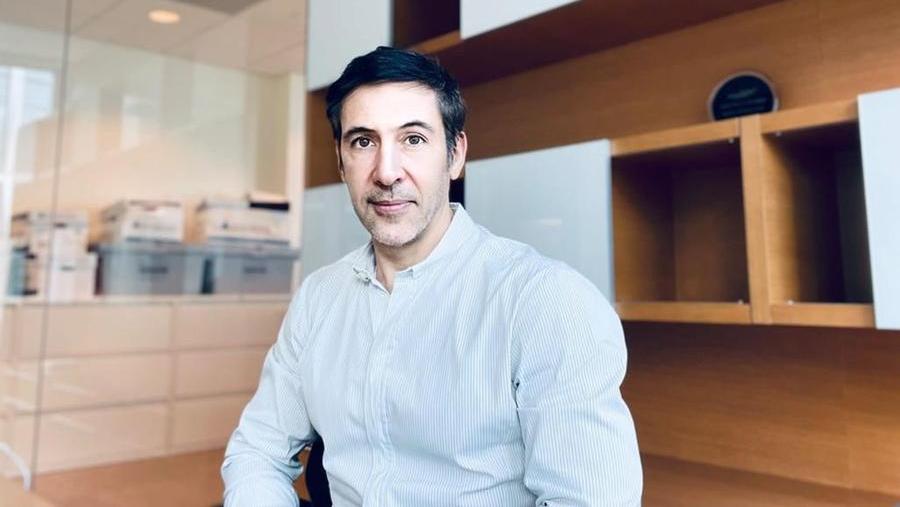From Sassari to Cambridge and from here to the States. Bastiano Sanna, 47, from Nuoro, scientist and much more, today has a modest ambition: to do something for his Sardinia. That land that twenty years of life between Cincinnati, Boston, New York and the rest of the world, have not been able to make him forget. “I’ll be back, I hope very soon, I would really like to do something in Sardinia,” he says with conviction. In the meantime, Sanna has worked, and also a lot, to find a solution to two of the problems that afflict the island: thalassemia and type 1 diabetes (on the island the highest incidence of the disease in the world). And, according to recent tests, a solution has also been found.
“I lead the cell and gene therapy team of Vertex, one of the largest pharmaceutical industry groups in the world based in Boston, Massachusetts. There are many things we do, including gene therapy for muscular dystrophy. But, in particular, I would like to underline the results for the treatment of the so-called juvenile diabetes and for thalassemia. They are extraordinary results, as a scientist I am proud of our work and as a Sardinian I am happy that we can offer the hope of a cure to patients and their families ».
Explain.
“We have just published the results on a first patient suffering from diabetes for 40 years and forced to take 30 units of insulin a day: in three months the amount of insulin was reduced by more than 90 percent, with a net improvement in his clinical glycemic picture. An extraordinary historical result, the most important for diabetes since the discovery of insulin. It surprised not only us. We ended up on the front page of many newspapers ».
How did you get it?
“By creating synthetic pancreatic islets, or cells that produce insulin, in the laboratory from stem cells, and transplanting them into the liver. In juvenile diabetes, these islands, which control blood sugar, are destroyed by an autoimmune process. The team found a way to reconstruct them in the laboratory, “regenerating” what was lost ».
Is it ready for large-scale production?
“We are able to manufacture cells in industrial quantities, but as far as clinical trials are concerned, for the moment this therapy is to be combined with anti-rejection drugs so it is limited to the most severe cases of diabetes, but from next year the new cells will be protected from an envelope invented and produced by us that separates them from the immune system, therefore without the need for anti-rejection therapy. It is a synthetic pancreas and will be available to many more patients. ‘
How long have you been working on the project?
“For some years thanks to the collaboration with Professor Doug Melton, development biologist, Harvard professor, whose children, Sam and Emma, are both suffering from diabetes 1. He had promised to find the cure for them: after twenty years there he did it. He asked me to become CEO of Semma, his company, I accepted immediately. There were 20 of us, in two years we have become over 700, thanks also to the fact that Semma was sold to Vertex for a billion dollars ».
The other treatment concerns thalassemia: what does it consist of?
“It’s a cure based on genetic engineering. We used CRISPR technology, so to speak, the one invented by Jennifer Doudna, with whom I collaborate, and by Emmanuelle Charpentier, who received the Nobel Prize for Medicine in 2020. It involves taking a small amount of stem cells from the patient, cutting and to mend the DNA in a very precise way by restoring the production of fetal hemoglobin (the one that babies use in the womb and which is replaced at birth by adult hemoglobins) and returning the “adjusted” stem cells to the patient, effectively correcting the thalassemia. This way patients no longer need transfusions. The clinical trial is also underway in Italy with Professor Locatelli in Rome but we think we can ask for the approval of the medicine by the end of next year and make it available for all patients ».
Vito Fiori
© All rights reserved
